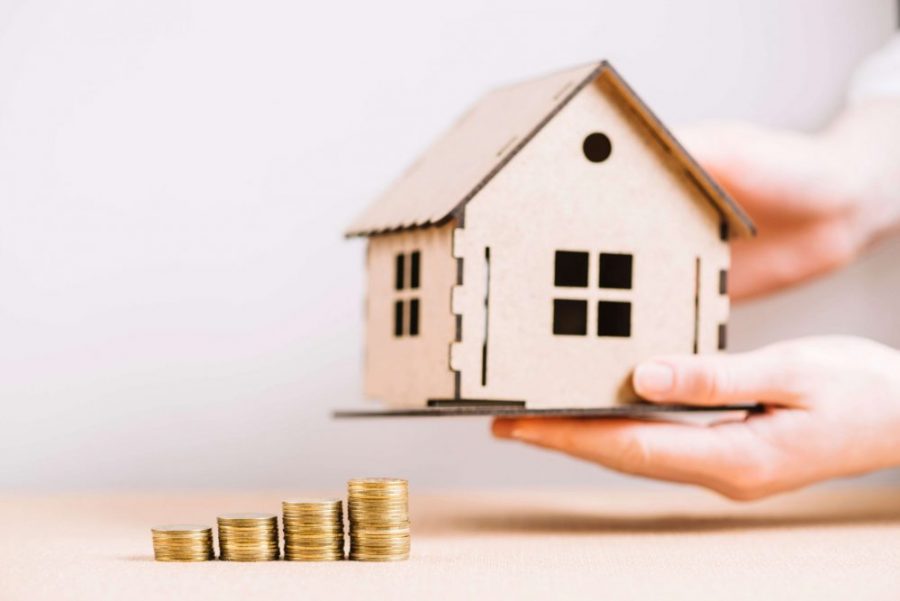Learn How To Future Proof Your Property Portfolio Against the Rise In Interest Rates
Whether you’re an experienced property investor, or just starting out, you’ve most likely heard about rising interest rates and how it may impact the property market.
The potential for interest rates to have an effect has caused a ripple in the community, some apprehensive about what it might do to their investments and others about how it could prevent them breaking into the industry.
For those unaware or just wanting a quick reminder, here’s what happens to investment when interest rates rise. A detailed look into these relationships can be found here. But to quickly sum it all up, interest rates increase because the RBA is attempting to manage inflation.
It does this through increasing the interest rate it charges financial institutions. This means that the interest rate charged by lenders on various financial products, such as savings accounts, variable rate mortgages, and personal loans also increases. This has the effect of making houses less affordable, causing property prices to crash.
So, what is the average interest rate on an investment property?
The current average fixed mortgage interest rate is 5.58% (according to Finder.com, as of 2nd September). But interest rates on mortgages for investment properties can be higher than owner-occupier homes, as investors are generally viewed as riskier borrowers compared to those just looking to buy a home to live in.
But it’s also important to remember that there are more factors to consider beyond interest rates when it comes to property investing. Increasing interest rates shouldn’t necessarily stop you from investing in property, as there’s plenty of room for success even with the potential for rates to rise.
But that doesn’t mean it isn’t a good idea to be prepared and mitigate any potential loss to the best of our ability.
For those who are apprehensive about interest rates and are looking to future-proof their property portfolio (and maybe even asking ‘How do you benefit from rising interest rates?’) here are some tips to help you out.
Buy in the right areas
The first step to reducing the pressure of rising interest rates, is to focus on the location of your properties in your portfolio. It’s important to keep in mind that when it comes to property investment during these interest rate hikes, it is vital to look at markets within markets.
Looking back over history, interest rates don’t always directly correlate to housing prices over the long-term, nor do they guarantee price drop. And while, on average, there is a tendency for house prices to fall when interest rates rise, these drops are often minor corrections in the market.
While major cities like Melbourne and Sydney might fall, there are still plenty of suburbs and areas that will continue to rise, even when others start to fall. The key is to discern which suburbs are likely to do well and which won’t.
Easier said than done, right?
Many first-time investors, or even those that just haven’t had much success in the past, may be surprised to know that picking the right suburb isn’t all luck. There are methods and strategies that can be applied in picking out a suburb that is likely to grow.
Every city and suburb is different, and a range of data factors need to be analysed to find the right one. For us, there are about 35 real data factors that need to be considered. These can be things like average vendor discounting, stock on markets, building approvals, online search interests, and more!
Cash flow is important
The impact of rising interest rates can be negated by ensuring that your portfolio contains positively geared properties that generate cash-flow. Buying low-cost properties that have a strong rental yield can provide a substantial buffer to protect against rising interest rates.
Remember, these types of properties won’t always exist in your backyard. It’s important to look outside your suburb, city, and even your state. There are 15,000 suburbs across Australia to choose from — why limit yourself?
Borrow under capacity
With interest rates rising, it’s important not to max out your borrowing capacity, especially for those seeking their first loan. Many beginners will take out a huge loan for a negatively geared property (when the property expenses are more than your property income).
But this puts you in a vulnerable position when interest rates do rise, with repayments only getting bigger but the rental income staying the same.
The Banks will notice this and be reluctant to lend your further money, which may hinder your portfolio growth. Unless you can make those repayments through some other means, it’s always best to borrow under capacity.
Perhaps consider buying a low-cost property that may need a little work, but will force capital growth and only accelerate your buying potential.
Keep some cash on the side
In difficult times, it can always be a good idea to have a little extra cash on the side. Having a cash buffer can be a great way to offset any of the pressure you might feel from rising interest rates. Of course, the reason you got into property investing may have been to free up your finances, not face more restrictions.
But saving some of that cash you’re making from a positively geared property can really protect you in the future. While saving that extra cash means giving up some freedom now, it’ll often be the case where you can reap the rewards later.
Consider your lending options
The final tip on how to future-proof your property portfolio against rising interest rates is to seek out the right lending options for the future climate. As wider inflationary pressures grow and interest rates continue to climb, many investors will seek out long-term fixed interest rates on their mortgage. It’s important to explore these lending options and get the best deal.
Of course, many of these tips and tricks would be important regardless of rising rates. It’s about making smart choices in your investments, no matter the current circumstances or economic climate.
This is where educating yourself is crucial. For those that remain mindful of changing circumstances, are up-to-date on current market trends, and have the right level of education, investing in property is always an option.
PREVIOUS
Real Estate vs. the Stock Market Investment: 12...

 PK Gupta
PK Gupta







